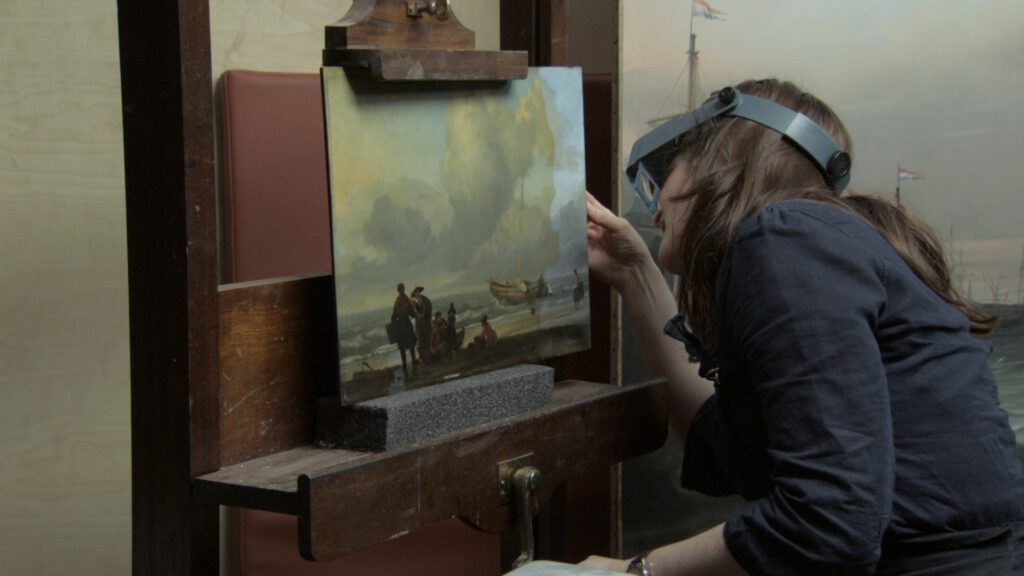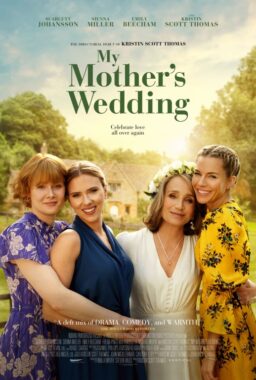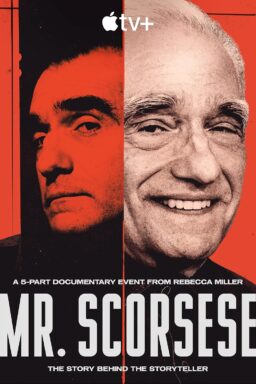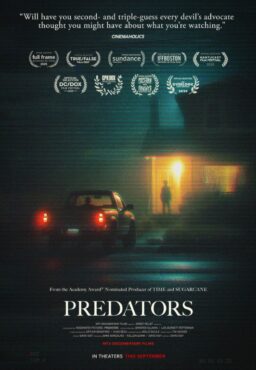CANNES, FRANCE—Frederick Wiseman released one of his best films last year with “At Berkeley,” which used the California university as a springboard to reflect on class, age, technology, and the gap separating idealism from pragmatism. Despite being a pioneer of the vérité movement—never calling attention to his presence, never posing questions to his subjects—Wiseman doesn’t claim objectivity. Indeed, he’s America’s foremost practitioner of documentary-as-metaphor, building sweeping arguments of small details.
A frequent guest at Cannes, the irrepressible filmmaker returned to the Directors’ Fortnight program this year with “National Gallery,” a look at the London museum. As far as I can tell, it’s the first movie in Wiseman’s nearly 50-year filmmaking career to center on a U.K. organization. Still, the contours are familiar from his other portraits of cultural institutions, such as 2009’s “La Danse: The Paris Opera Ballet.” “National Gallery” observes everything from patrons listening to their audio guides to the museum’s floor being waxed, from the construction of new exhibits to arguments over budgets.
A running theme—as one tour guide puts it—is the connection between “representation and the thing itself.” Late in the film, a lecturer notes that each time you revisit a particular Vermeer, it’s going to look slightly different. That’s a concept “National Gallery” ponders not just in theme but in form. Despite the fact that the museum houses a collection of more than 2,300 works, Wiseman periodically returns to the same paintings. We get two talks on Rubens’s “Samson and Delilah,” for instance, one from a literary perspective and another specifically dealing with Rubens’s use of light. We learn that colors begin to shift the moment a picture is completed, and that restoration is not the same as rejuvenation. We watch paintings being placed on walls, witnessing the attention the museum pays to shadow and decor. Meetings of museum brass turn into debates on whether the organization has done enough to make its collection relevant to modern life.
There’s a self-reflexive aspect to “National Gallery”; even the title seems double-edged. After all, Wiseman’s own movies constitute a kind of a national gallery, a compendium of different U.S. institutions: schools, public housing, welfare, the military. As “National Gallery” ponders the idea of immortality in arts—the finale specifically confronts viewers with the faces of Old Masters—it’s hard not to sense Wiseman reflecting on film preservation, as well as his own legacy as an essential image-maker.
The idea that a work can evolve over time is one with which I particularly sympathize this evening, following a befuddled first viewing of David Cronenberg’s new film, “Maps to the Stars.” Barbara Scharres has already weighed in with a pan, but with Cronenberg’s movies, I find that a second viewing often reveals more subtext. That may prove true in this case, given that Cronenberg is working with source material that seems just to this side of Bret Easton Ellis. (The original screenplay is by noted entertainment industry poison pen Bruce Wagner.)
If satirically, “Maps to the Stars” looks like a misfire—a tongue-in-cheek, Lynchian vision of Hollywood conjured by someone who seems to have only half-baked notions of how Hollywood works—my friend Scott Foundas of Variety suggested that the film’s theme was “life as a series of endless remakes.” Indeed, the movie seems built on a series of imitations, particularly when it comes to the subject of children following their parents’ dreams of stardom. One of the most potent motifs finds Julianne Moore’s washed-up actress talking to the much-younger ghost of her mother (Sarah Gadon)—who we’re told won a Golden Globe, the imitation Oscar. This is a secondhand vision of Hollywood, entirely artificial and derived solely from other visions of Hollywood. Like Wiseman, Cronenberg is a master alchemist.











